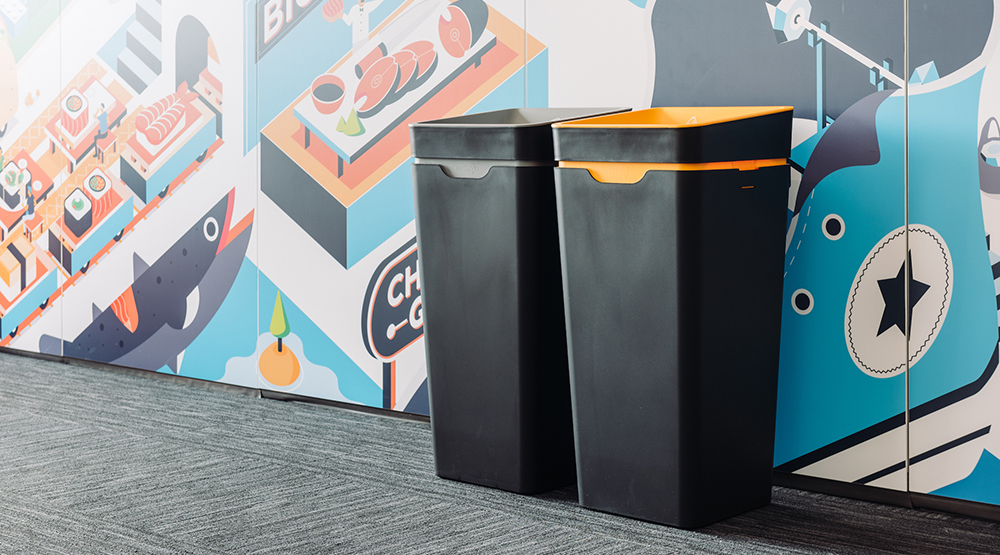
Up to 7 per cent of working Australians have found work though the ‘gig economy’ over the past 12 months, according to new research.
A survey jointly conducted by Queensland University of Technology, the University of Adelaide and University of Technology Sydney is Australia’s largest ever published survey regarding the on-demand economy.
Released this week, the survey of more than 14,000 people was commissioned by the Labor Government to support the Victorian Inquiry into the On-Demand Workforce.
While there has been much debate about the gig economy and how it is regulated, until now little has been known about its size or the characteristics of the workforce.
According to the findings 7.1 per cent of respondents use a digital platform for work, or have done so in the past 12 months.
More than 13 per cent of survey respondents have, at some time, undertaken digital platform work. This rate of participation is similar to recent survey findings in Europe, and higher than some previous estimates for Australia.
The survey found many workers rely on income from gig work, with 15.5 per cent considering it “essential for meeting their basic needs”. A further 24.3 per cent say it is an “important part of overall income, but not essential”.
More than 100 different platforms are being used by survey respondents to undertake digital platform work.
The five most common platforms used by workers within the last 12 months were Airtasker (34.8 per cent), Uber (22.7 per cent), Freelancer (11.8 per cent), Uber Eats (10.8 per cent) and Deliveroo (8.2 per cent).
The types of work that current platform workers are doing include transport and food delivery (18.6 per cent of platform workers), professional services work (16.9 per cent), odd jobs or maintenance work (11.5 per cent), and writing or translation work (9 per cent).
About 7 per cent of workers perform services in each of the areas of clerical and data entry (7.8 per cent), creative and multimedia work (7.7 per cent), software development and technology (7.2 per cent), and care services (7 per cent).
According to the survey younger people (aged 18-34) and males are working through digital platforms in higher proportions than other demographic groups. Females are only half as likely as males to work on digital platforms.
New South Wales has the highest levels of participation in digital platform work (14.3 per cent overall, 7.9 per cent currently participating). In comparison, 13.8 per cent of Victorians have undertaken platform work, with 7.4 per cent currently doing so.
The average hourly rate from platform work was $32.16. Professional service workers indicate higher hourly rates (above $50 per hour), and those most likely to be in the lower income bands ($0.01-$9.99 per hour) are clerical and data entry workers, and writing and translation workers. The National Minimum Wage at the time of the survey was $18.93 per hour.
Minister for Industrial Relations Tim Pallas said the gig economy affects many Australians.
“According to these findings, many Australians are relying on gig work to make a living. It’s crucial these workers have the right to fair pay and safe working conditions,” Pallas said.
Last month the Victorian government announced its inquiry into the on-demand workforce had received almost 100 submissions from workers, unions, businesses and academics, with the exploitation of staff and unfair business advantage being major themes.
The inquiry, chaired by former Fair Work Ombudsman Natalie James, is investigating the extent of the on-demand sector and the status of people working with or for online companies or platforms in Victoria. It received submissions (including one supplementary submission) from workers, unions, businesses and academics.
James said the survey helps the inquiry take an evidence-based approach to considering the impact of this way of working in the labour market.
“Until now, we haven’t had reliable data about the size of the gig economy or the way in which workers are accessing digital platforms,” James said.
The inquiry was first launched in December 2018 to address concerns within the fast-growing gig economy, which covers businesses such as on-demand ride-sharing and food-delivery services.
The on-demand sector is made up of a range of workers, consumers and platforms across different industries including commercial cleaning.
Comment below to have your say on this story.
If you have a news story or tip-off, get in touch at info@3.106.117.80.
Sign up to INCLEAN’s newsletter.




